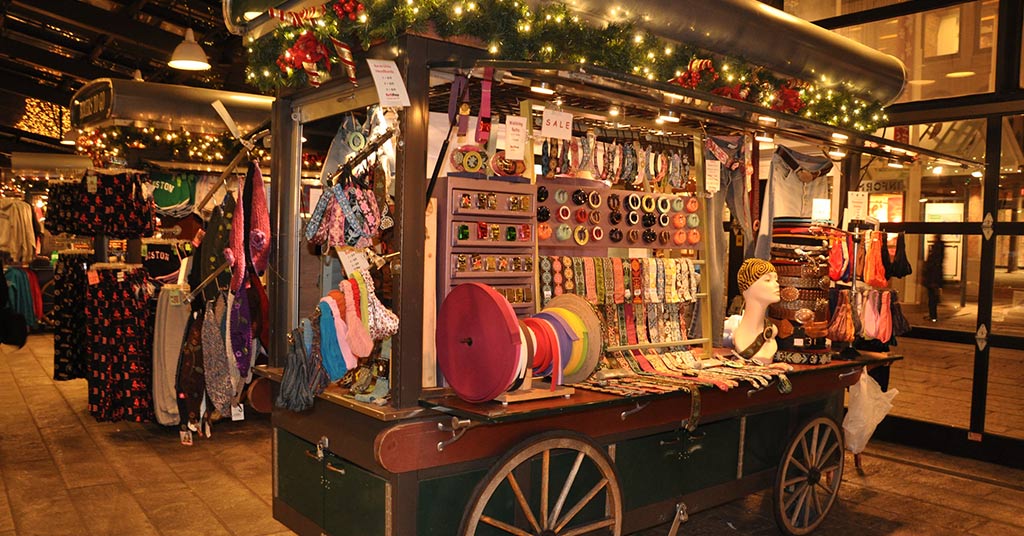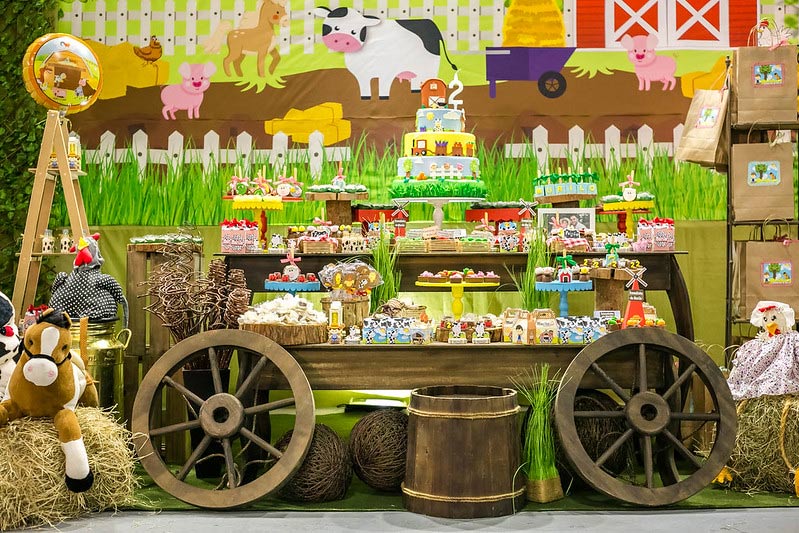A pop-up store allows businesses of all sizes and budgets to get a grip on physical retail

Pros and cons of opening pop-up stores. Source: flickr.com
Amidst the growing popularity of omnichannel retailing, those businesses that kept chanting “Go digital”, have started to back down. Well, sometimes a backdown is a step in the right direction. According to eMarketer, only about 11% of U.S. retail sales take place online. The global statistics are not much better.
In 2019, e-retail sales accounted for 14.1% of all retail sales worldwide. This figure is expected to reach 22% in 2023. Even in the UK, where numbers are above average and online sales are growing at a fast rate, bricks-and-mortar sales still account for nearly 82% of transactions. Perhaps, it’s time to get physical?
A pop-up store allows businesses of all sizes and budgets (digital brands in particular) to get a grip on physical retail before making a large investment.
What’s a pop-up store?

A pop-up store may be a temporary point of presence (POP) of the brand or product. Source: flickr.com
A pop-up store is a short-term, temporary retail space where brands — usually those without a prior physical presence — can interact in person with current customers and communicate their message to potential new ones.
A pop-up store may be a temporary point of presence (POP) of the brand or product, designed for presentation and sale of goods, organised at exhibitions, events, open parties, at the most unusual venues. A pop-up can also look like a regular store, but many brands use them to create a unique, engaging physical shopping experience.
Absolutely any platform can become a place for a pop-up store – ranging from the usual shopping centres and exhibition events to parks and streets, museums and galleries, public beaches and other places of recreation for the target audience. The main thing is that at the place where the pop-up store has appeared there hadn’t been a store or other brand presence point before. This way, the contact with the brand would be, to an extent, a surprise.
Why do businesses need pop-ups?
For the establishment of a pop-up store, there may be a few reasons:
- the start of sales of new items, the release of limited collections, special offers, etc.;
- low sales level within digital-only business model;
- spotting a mass event or place to host a pop-up store that would trigger interest among the brand’s target audience;
- online-only brands often use pop-ups to help them decide whether exploring the world of offline sales makes sense for their particular business, without having to make the financial commitment of a permanent storefront.
Посмотреть эту публикацию в Instagram
The advantages of the pop-up store are numerous:
- It can become another brand contact point with your audience;
- it can increase overall brand awareness;
- thanks to an unexpected placement, it will make the contact memorable;
- due to the non-standard format and design, it will evoke vivid emotions;
- it will arouse interest, thanks to a limited assortment offer and duration. The opening and closing dates are known in advance so that a certain buzz of exclusivity is created;
- you can test bricks-and-mortar sales without too much investment. You can pull off a short-term pop-up for as little as $1,500;
- many large stores are closing due to being considered unprofitable against high rent and tax rates. Pop-ups are a chance to continue a physical presence in such cases;
- the majority of consumers want to see and touch a product before they buy it, even if they’re purchasing online. Temporary stores are good for that purpose;
- it is an excellent way to build a network of loyal, engaged shoppers by offering face-to-face service and immersive in-person shopping experiences;
- despite the stronger online presence, consumers spent most of their money in stores whether they are permanent or temporary;
- it can drive more sales during busy seasons such as Black Friday, Cyber Monday, Christmas time and any other peak sales periods;
- it can validate demand for new products before starting mass sales;
- pop-up shops are a great way to give new life to ageing inventory — especially seasonal merchandise with a short shelf life.
What’s on the downside?
Of course, you shouldn’t put on your rose-coloured glasses when you are considering opening a pop-up store. Moreover, you have probably already considered most of the “real-world” difficulties. If you have decided to propel digital sales, surely you must have thought about the obstacles that a physical shop faces.
Посмотреть эту публикацию в Instagram
- The location must be perfect. A place for a pop-up has to be in an important, well-known, and accessible street or building with lots of passers-by and pedestrians. Even temporary placement in the most exciting areas will be costly.
- In addition, many commercial landlords and agents don’t support the idea, preferring more regular, longer-term arrangements.
- You also should, at the very least, have funds to cover: possibly needed licences, insurance, security measures, work of additional staff, POS instalment, and any other additional expenses such as audio system, security cameras, cleaning services, etc. Temporary or not, compliance with health and safety regulations is non-negotiable.
- The pop-up nature of your retail outlet may put some customers off. People cannot easily get in touch with you or return an item once the pop-up has gone.
- Similarly, the lack of space available will limit your ability to carry a wide range and a large amount of stock. Make sure you have continuation strategies prepared.
- Mounting the pop-up store requires as much work as creating a regular storefront or even more as it has to be unique and eye-catching. A team of designers, merchandisers, and logistic specialists is needed to develop and decorate the space, transport and display the products properly, advertise it, etc.
Luckily, there are a few options to reduce pop-up costs. You can save on the creation of a specific stand by renting a space that’s already equipped with what you need. More and more companies now specialise in the creation of temporary commercial spaces. These providers normally have huge databases with places that are available to rent and they help their clients create the most appropriate pop-up stores for their needs (and resources).
SEE ALSO:









